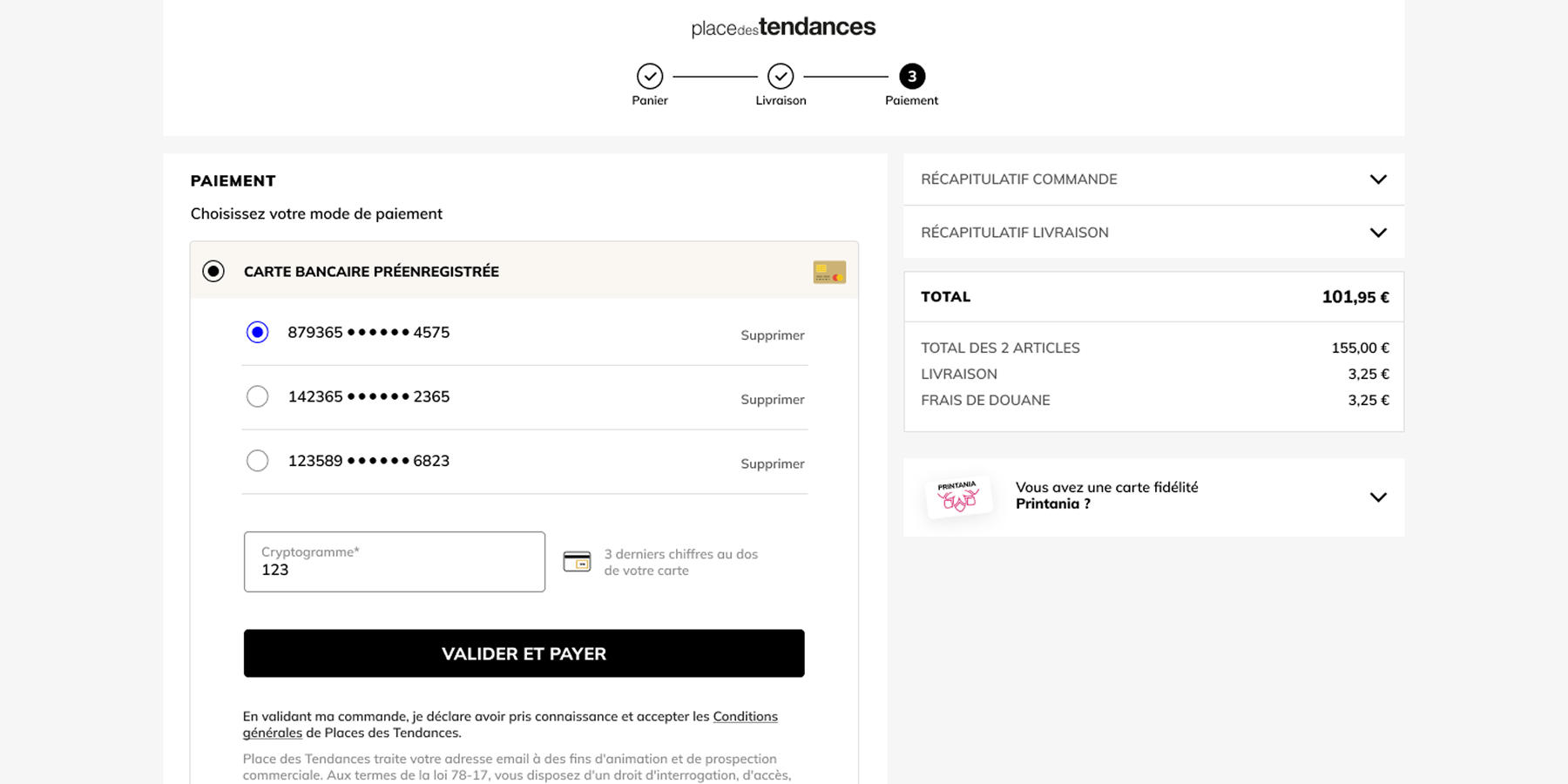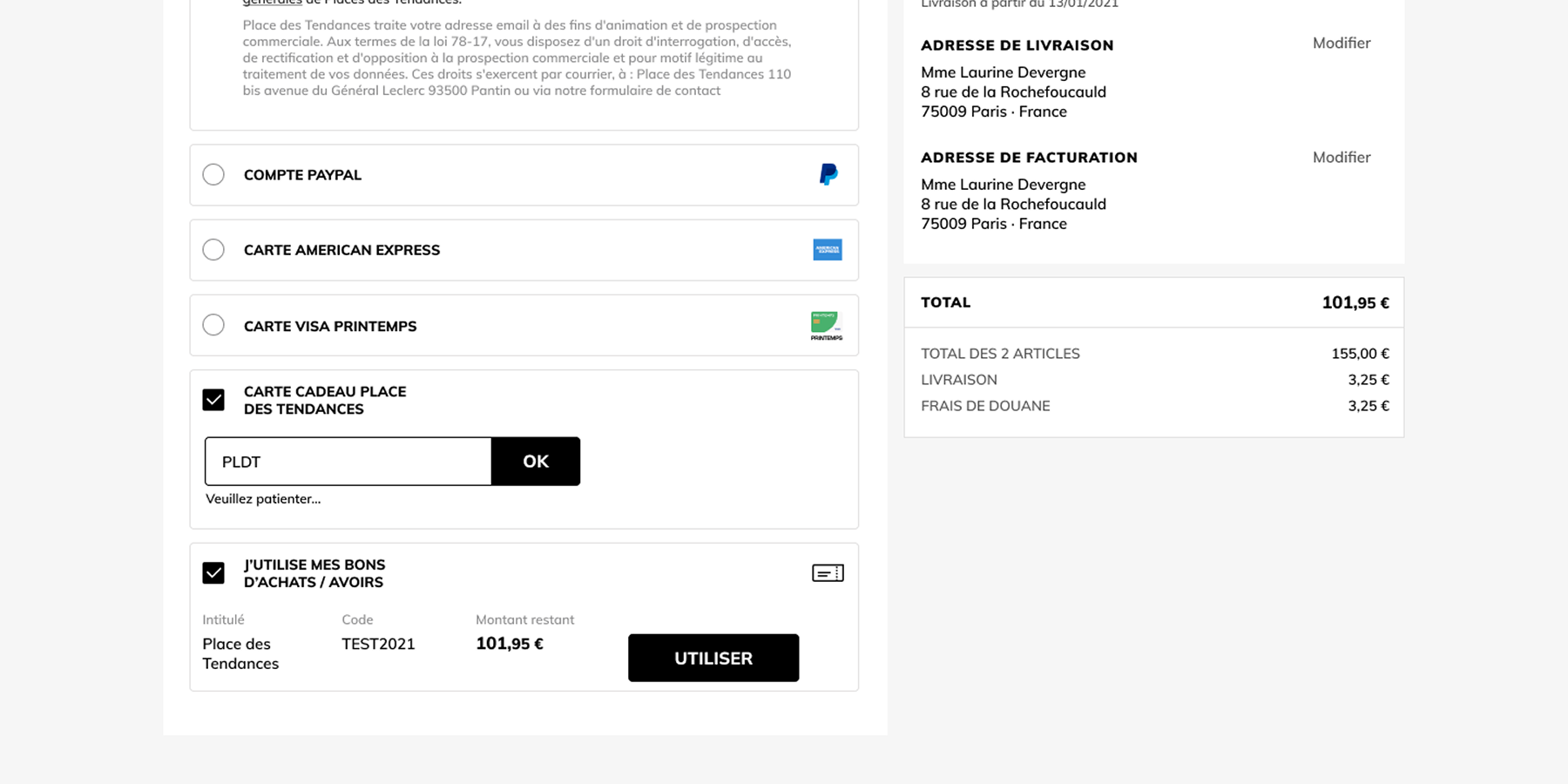The checkout crisis that taught us everything about customer trust
The checkout crisis that taught us everything about customer trust
A 3-point drop in conversion. Rising complaints. A payment page users didn’t trust. Here's how we turned things around—and what you can learn from it.
- 30 May 2025
- ⋅
- 4 min read
The Quiet Decline That Nearly Broke Our Checkout
At first, it looked like a minor blip.
As CX/UX Product Manager at a fashion e-commerce group, I noticed a 0.8-point drop in our conversion rate at the final step of the checkout. It wasn’t dramatic—but it was persistent.
In e-commerce, a slow bleed is worse than a sudden break. That dip translated into tens of thousands in lost revenue each month—and, more importantly, signaled a growing customer experience issue in our most sensitive touchpoint: payment.
We needed to act fast.
The Cross-Functional Task Force That Saved the Funnel
We formed a "Payment SWAT team"—a collaboration between Product, Tech, and our PSP—to hunt down the source of the friction.
We ran two parallel investigations:
- Behavioral analytics deep-dive (user journey recordings, support feedback, analytics)
- Technical diagnosis (PSP logs, server error tracking, legacy data review)
The results exceeded our fears.

From friction to familiarity: Localized currencies, languages, and UX cues built trust — and conversions.
What the Data Told Us (And What Our Customers Were Silently Screaming)
- Customers spent 25% more time on the payment page than normal
- Many users were looping back to payment after validation
- Session recordings showed growing post-failure confusion
- Support was flooded with messages like: “I thought my card was hacked.”, “I gave up after the third try.”
This wasn’t buyer hesitation—it was a trust crisis triggered by technical glitches and unclear guidance.
The Technical Reality Behind the Mess
Our payment process was breaking down quietly behind the scenes :
- 3D Secure failures due to a PSP/server sync issue
- Intermittent 500 errors hard to reproduce
- Outdated customer data being sent to banks (like unused landlines)
- A poorly-timed Ingenico upgrade that throttled 3DS performance
Customers were hitting an invisible wall—then getting no help climbing over it.
Our Playbook: Fixing the Flow, Fast
✅ Quick Wins (First 2 Weeks)
- Cleaned up invalid data fields in our payment form
- Enabled auto-fill and ID tokens to reduce 3DS steps for return users
- Rewrote system errors into human-readable messages like:
“This card was declined. Please try another or contact your bank.”
🧱 Long-Term Foundation
- Planned a progressive migration to Adyen, starting with 5% of new users
- Built a flexible iframe-based checkout to decouple from legacy dependencies
- Benchmarked UX flows from high-end competitors to redesign our form


What Changed—And Why It Mattered
Within weeks, we saw measurable improvements:
Your payment experience is your brand's final handshake—make sure it feels confident, not clumsy
What We Learned (So You Don’t Have To)
- Test PSP Migrations Gradually
What works in staging never works exactly the same in prod. Start small. Monitor. Expand carefully. - Enrich Data to Reduce Friction
Returning users shouldn’t have to jump through the same hoops. Smarter data = higher conversion. - Bad Error Messages Destroy Trust
Generic messages confuse. Helpful ones retain customers even when things fail. - Payments Deserve Ongoing Attention
We now run monthly Payment Health Reviews tracking 3DS performance, refusal rates, and form UX metrics.


